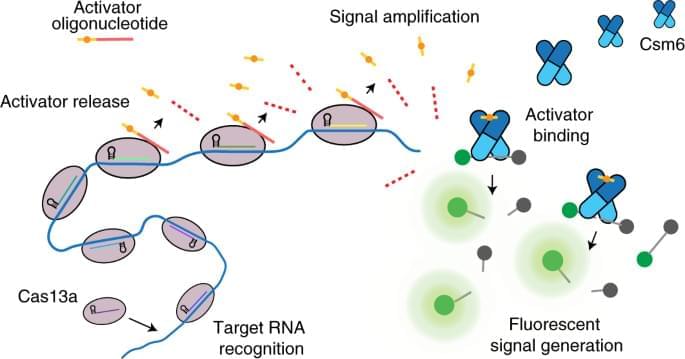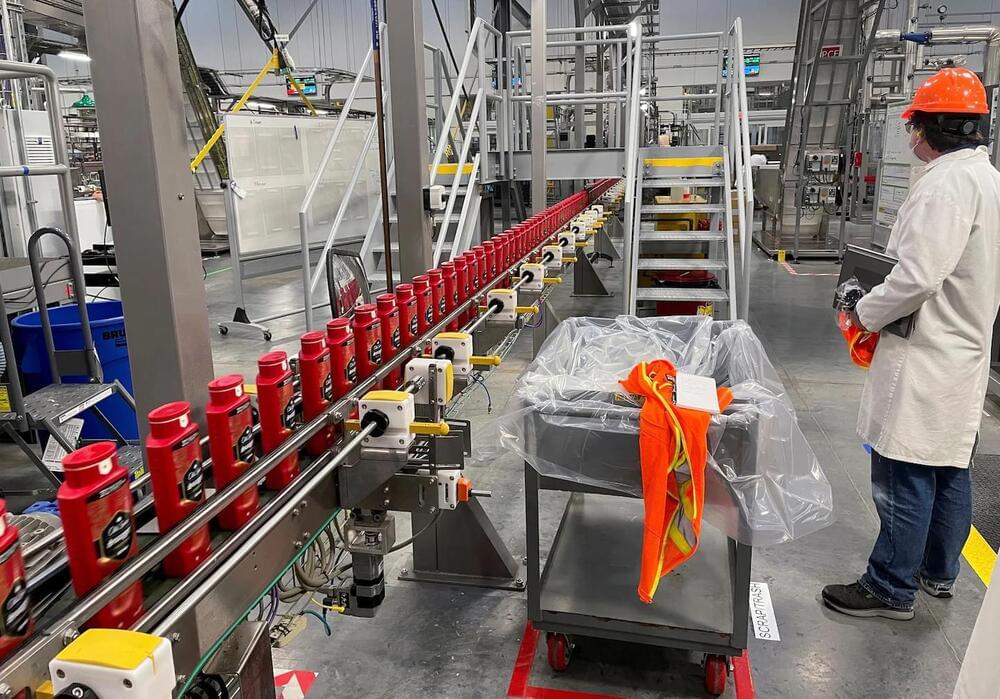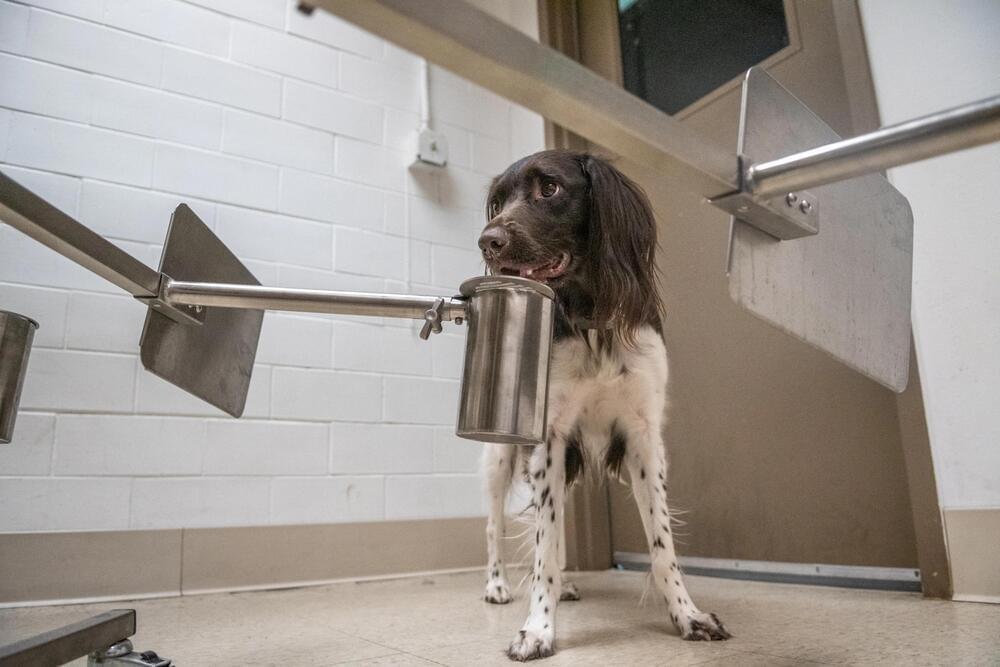Sharp wave-ripples from the hippocampus are shown to modulate peripheral glucose homeostasis in rats, offering insights into the mechanism that links sleep disruption and blood glucose regulation in type 2 diabetes.



Val Kilmer lost his voice due to throat cancer. Now, through AI technology, he has it back.
He can now use technology to replicate his voice. Video in the article below.
Val Kilmer lost his voice after a battle with throat cancer.

Economists have learned that new technological breakthroughs usually don’t cause a jump in productivity right away. The technology needs time to marinate so companies can test how best to deploy it in their industry. Brynjolfsson argues artificial intelligence and machine learning have now simmered long enough to make a dramatic difference. Others are not as convinced.
Rapid adoption of robots and artificial intelligence during the pandemic combined with a rebound in government investment is making some economists optimistic about a return of a 1990s economy with widespread benefits.

Summary: Researchers discuss different current neural network models and consider the steps that need to be taken to make them more realistic, and thus more useful, as possible.
Source: University of Plymouth.
Neuroscience is a field most obviously associated with medicine and/or psychology. However, my background in physics and computer science enables me to explore, and further understand, how the brain computes and stores information, identifying the underlying physical mechanisms and the interplay between them.

As the disease swept the globe and scientists deployed tools such as polymerase chain reaction tests to detect the novel coronavirus in people, a team of researchers at the University of Pennsylvania’s School of Veterinary Medicine worked to determine if dogs could also be trained to find infections.
The proof-of-concept study, published in April in the journal PLOS ONE, showed that the virus has an odor that trained dogs can identify in urine and saliva. Now, the researchers—with the help of Tuuka, Griz, Toby, Rico, and Roxie—are examining whether canines can sniff out coronavirus’ scent in sweaty T-shirts.
If the dogs can accurately detect it on clothing, they could patrol places such as airports and stadiums to sniff out the virus in public settings.


SARS-CoV-2, the new coronavirus that causes COVID-19, is sensitive to high temperatures.
Research shows it can be quickly killed at 70°C (158°F). It’s possible that slightly lower temperatures may also be effective, but these require a longer exposure time.
Aside from laundry, there aren’t many temperature-related ways to safely and effectively kill the new coronavirus in your home. Additionally, some temperature-related methods can actually be harmful.

Artificial neural networks modeled on real brains can perform cognitive tasks.
A new study shows that artificial intelligence networks based on human brain connectivity can perform cognitive tasks efficiently.
By examining MRI data from a large Open Science repository, researchers reconstructed a brain connectivity pattern, and applied it to an artificial neural network (ANN). An ANN is a computing system consisting of multiple input and output units, much like the biological brain. A team of researchers from The Neuro (Montreal Neurological Institute-Hospital) and the Quebec Artificial Intelligence Institute trained the ANN to perform a cognitive memory task and observed how it worked to complete the assignment.

Artificial intelligence (AI) will fundamentally change medicine and healthcare: Diagnostic patient data, e.g. from ECG, EEG or X-ray images, can be analyzed with the help of machine learning, so that diseases can be detected at a very early stage based on subtle changes. However, implanting AI within the human body is still a major technical challenge. TU Dresden scientists at the Chair of Optoelectronics have now succeeded for the first time in developing a bio-compatible implantable AI platform that classifies in real time healthy and pathological patterns in biological signals such as heartbeats. It detects pathological changes even without medical supervision. The research results have now been published in the journal Science Advances.
In this work, the research team led by Prof. Karl Leo, Dr. Hans Kleemann and Matteo Cucchi demonstrates an approach for real-time classification of healthy and diseased bio-signals based on a biocompatible AI chip. They used polymer-based fiber networks that structurally resemble the human brain and enable the neuromorphic AI principle of reservoir computing. The random arrangement of polymer fibers forms a so-called “recurrent network,” which allows it to process data, analogous to the human brain. The nonlinearity of these networks enables to amplify even the smallest signal changes, which—in the case of the heartbeat, for example—are often difficult for doctors to evaluate. However, the nonlinear transformation using the polymer network makes this possible without any problems.
In trials, the AI was able to differentiate between healthy heartbeats from three common arrhythmias with an 88% accuracy rate. In the process, the polymer network consumed less energy than a pacemaker. The potential applications for implantable AI systems are manifold: For example, they could be used to monitor cardiac arrhythmias or complications after surgery and report them to both doctors and patients via smartphone, allowing for swift medical assistance.